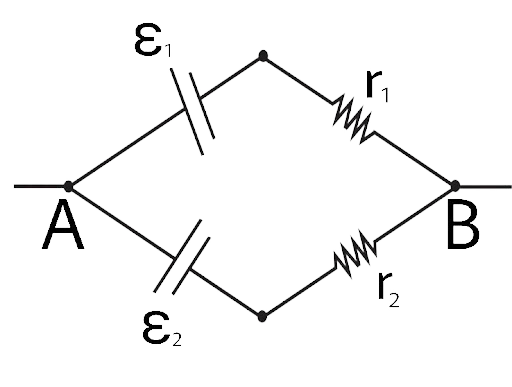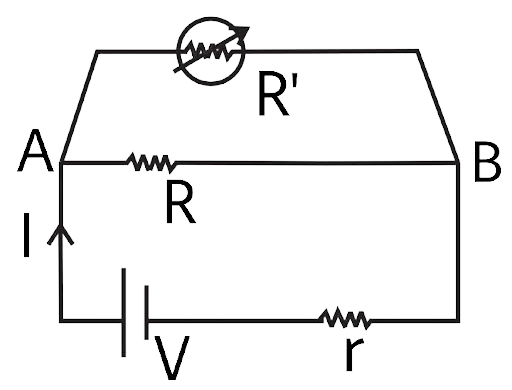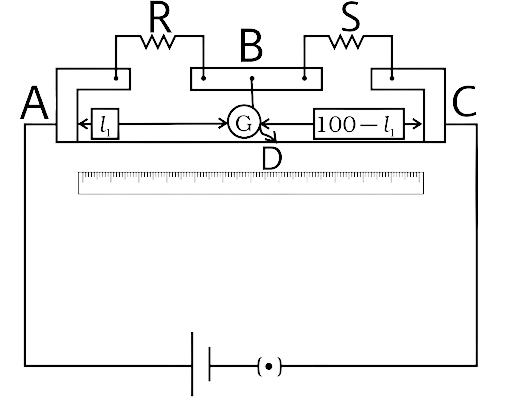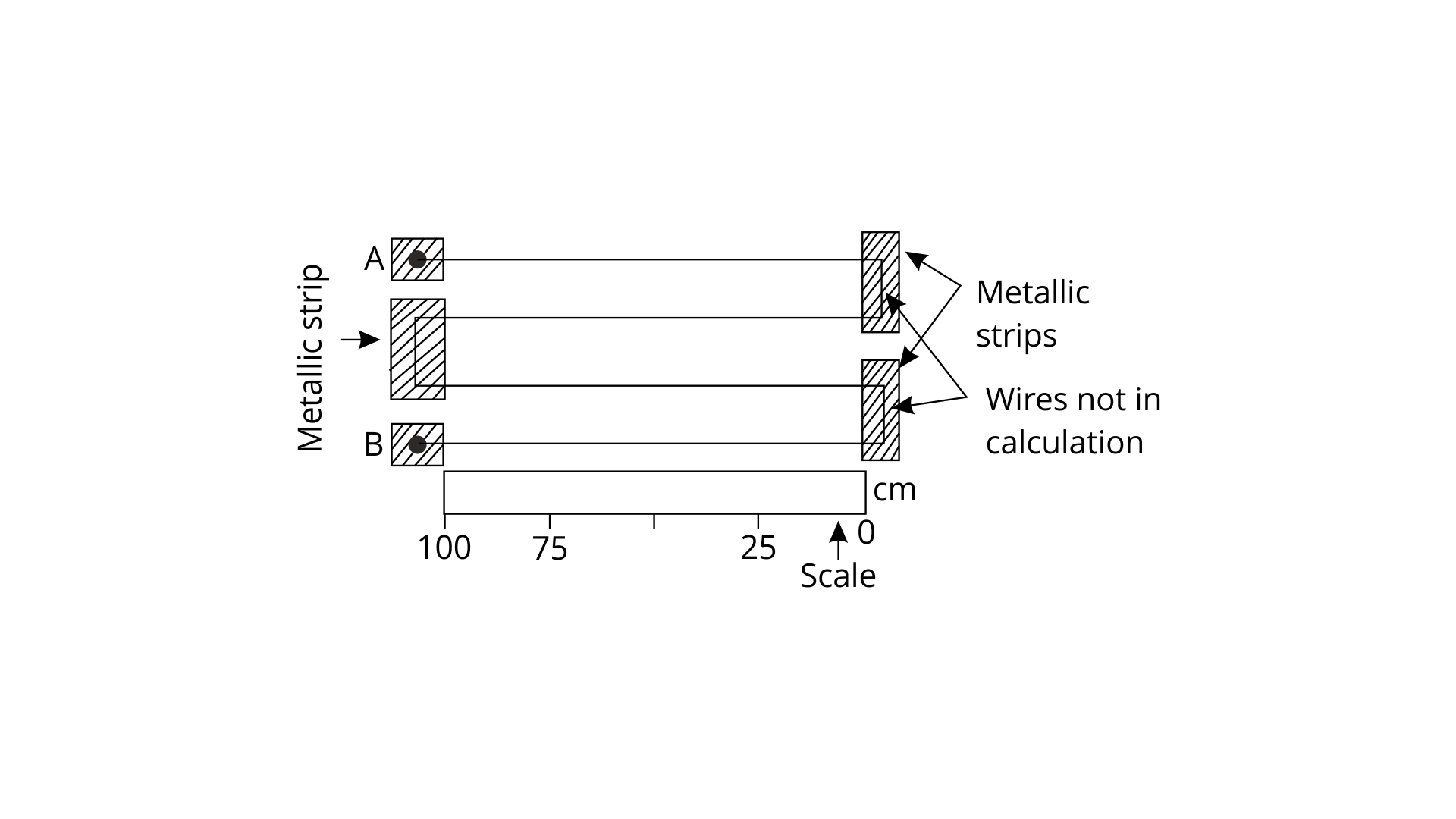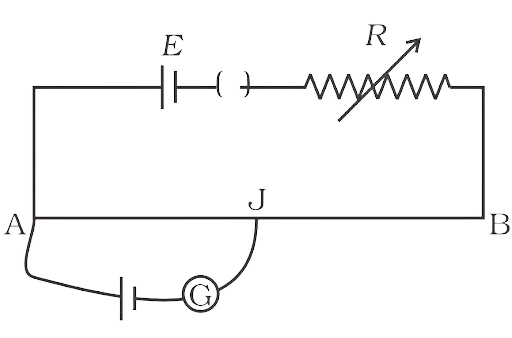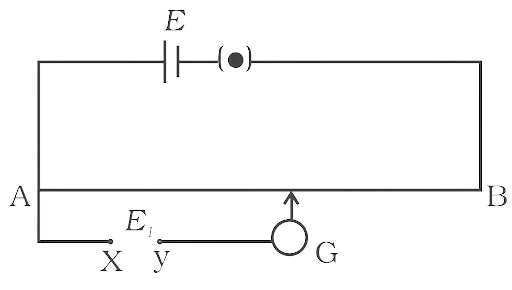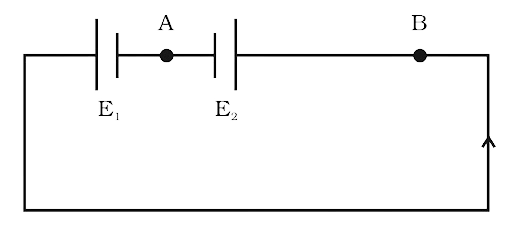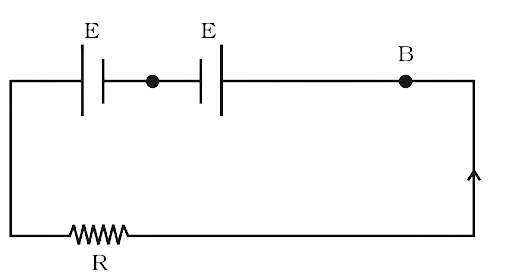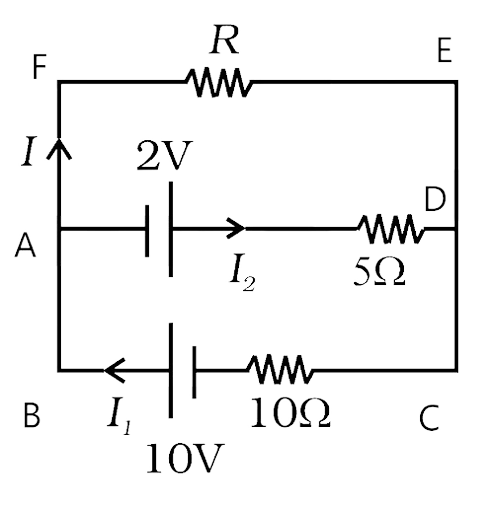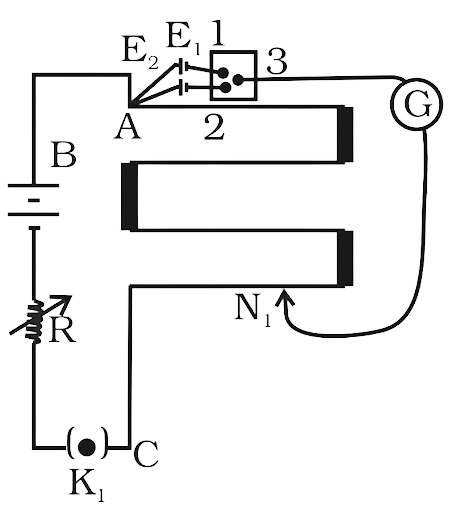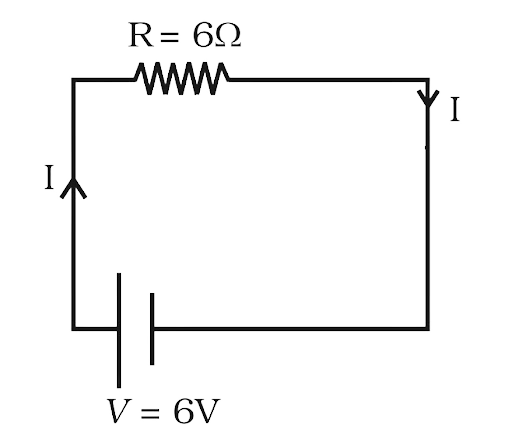NCERT Exemplar for Class 12 Physics - Current Electricity - Free PDF Download
FAQs on NCERT Exemplar for Class 12 Physics Chapter 3 - Current Electricity (Book Solutions)
1. Which topics are there in CBSE Class 12 physics chapter 3?
The Current Electricity Class 12 solutions PDF has a total of 24 questions. This includes numerical, derivation, and subjective type problems. They are based on the chapter's concepts listed below:
Electric Current in a Conductor: Students will learn how electric current flows across conductors in this lesson.
Ohm's Law and Its Applications: Students will learn about Ohm's Law and its different applications in solving numerical issues in this section.
Electron Drift and Resistivity Origin, and Mobility: It gives an overview of the average velocity attained by charged particles, the application of resistivity to diverse issues.
Electrical Energy: Students will learn about the role of charged particles (electrons) in the generation of electricity.
Series and Parallel Resistors: There are answers about series and parallel resistors.
Cells, Internal Resistance, and EMF: Different types of difficulties on this and the solutions are well explained.
Kirchhoff's Rule: This section's questions concern Kirchhoff's Law's treatment of potential difference and current.
Wheatstone Bridge: Numerical based on it will teach how to use a Meter Bridge to determine unknown resistance.
Potentiometer: Students will learn about the potentiometer. Also, they will learn how its three-terminal resistor produces an adjustable voltage.
2. What is the distribution of marks for CBSE Class 12 physics chapter 3?
Current Electricity is the title of the chapter and it contains seven marks in the CBSE 12 board exam. The types of questions can be very short answers, short answers I and II, value-based questions, and long answer questions. There are various topics in the chapter which are important for the exam. Also, there can be a possibility of numerical-based questions. So preparing this chapter is a must. To practice for this chapter, you can solve the exemplar problems in the NCERT textbook.
3. Why are the NCERT Solutions for Class 12 Physics Chapter 3 so important?
NCERT Solutions for Class 12 Physics Chapter 3 "Current Electricity" are important for exams and can often confuse students. Using the solutions will assist you in understanding the concepts and guiding you through the numerical difficulties. They also provide you with a good understanding of the types of questions that will be asked in exams and prepare you to approach them confidently. It is critical to be well-prepared for exams, and NCERT Solutions provide the greatest online assistance for students.
4. How can I prepare effectively for the exams for Class 12 Physics Chapter 3?
Because of the many laws and numerical rules in the chapter, Current Electricity can often be confusing for students. To thoroughly prepare for exams, go through all of the subjects in this chapter. Clear the ideas and solve the problems numerically. Solve the exercises in the books and then double-check them with NCERT Solutions. This will help you to gain a sense of how to respond to questions on the exam. Make notes to make the revision process go more smoothly.
5. Where can I get NCERT Solutions for Class 12 Chapter 3 Physics in PDF format?
The PDF for Physics NCERT Solutions for Class 12: Chapter 3 may be downloaded from Vedantu's website. Vedantu makes all of the study materials available for free. When you go to NCERT Solutions chapter 3 Current and Electricity, you'll be directed to a page with chapter-by-chapter solutions. Select Chapter 3: Current Electricity from the drop-down menu. After that, you'll be able to get the NCERT Solution and additional chapter-related study materials. These solutions might be a student's ideal study companion. This is because they assist in offering the best instruction while also making learning enjoyable.























